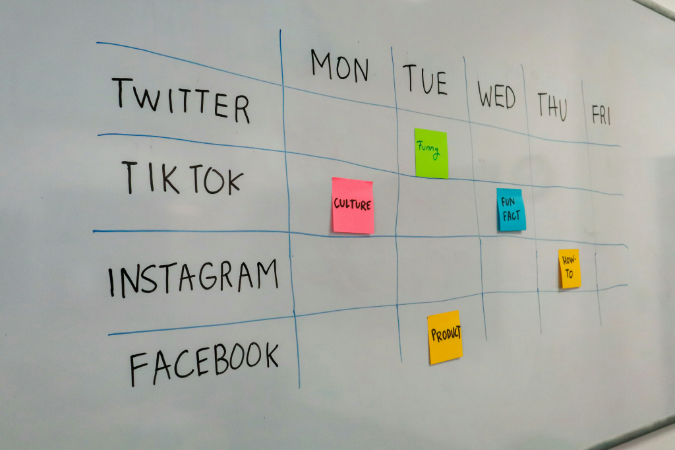Average Conversion Rate for Social Media Marketing
A Complete Guide to Measuring and Maximizing Conversions Across Platforms
Do your social media campaigns look active but don’t translate into actual results? You’re not alone. Many marketers struggle with converting engagement into measurable outcomes. That’s where understanding average conversion rates comes into play — they act as a benchmark for effectiveness.
In this article, we’ll break down what defines a "good" conversion rate, how to optimize it per platform, and what red flags to avoid.
What is a Good Social Media Conversion?
Conversion success isn’t universal — it varies based on your business model, goals, and target audience. Let’s explore what makes a conversion rate “good” in a realistic, practical sense.
1. Understand Industry Benchmarks
Conversion rates differ by industry.
-
Retail businesses: Often see an average of 2-3%.
-
Nonprofits: May consider 1% a solid rate for donations.
Rather than aiming for a fixed number, align your expectations with your industry standards and marketing objectives.
2. Focus on Quality Over Quantity
Don’t just chase likes — prioritize meaningful engagement:
-
A comment indicates more interest than a like.
-
A share implies trust and advocacy.
-
A click-through or form submission shows intent.
A smaller number of high-quality actions beats hundreds of superficial interactions.
3. Tailor Content by Platform
Each platform serves a unique user base:
-
Instagram fosters impulsive actions (perfect for retail).
-
LinkedIn attracts professionals with longer decision cycles.
Understanding user intent helps design conversion paths that work.
4. Refine Your Strategy Continuously
Optimization is never “done.”
-
Track and analyze metrics.
-
A/B test creative and CTAs.
-
Adjust to changes in audience behavior.
Consistency in monitoring and refining will keep your conversion rates climbing.
What is Considered a Bad Social Media Conversion?
Low numbers aren’t the only red flag. Here’s what to watch out for:
-
Quantity over quality: If you’re chasing engagement metrics that don’t lead to results, you’re off course.
-
Lack of strategy shifts: If your approach isn’t evolving based on performance, stagnation is inevitable.
-
Platform misuse: Each channel requires specific content types. Misalignment results in low engagement and poor conversions.
-
Unrealistic expectations: Goals must reflect your industry, product, and audience behavior.
Frequently Asked Questions
What is social media conversion?
It refers to purposeful user actions — like purchases, signups, or form submissions — triggered by your social media content.
Why track conversion rates?
To measure your campaign’s ROI and adjust your strategy for better engagement and results.
What’s a good conversion rate on social media?
Typically, 2-5% is considered strong, depending on your niche and audience.
How do I balance quality vs. quantity?
Always prioritize quality — one high-value lead is better than ten passive followers.
What is a conversion funnel in social media?
It’s the sequence users follow (awareness → engagement → action). Understanding each step helps refine targeting and messaging.
💡 Turn Engagement Into Results
Understanding your conversion rate is only the beginning. By setting realistic goals, optimizing content per platform, and continuously refining your strategy, you can elevate your social media campaigns from passive promotion to active performance.

